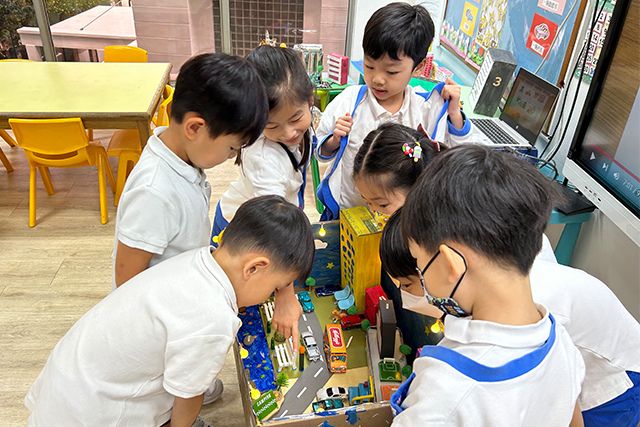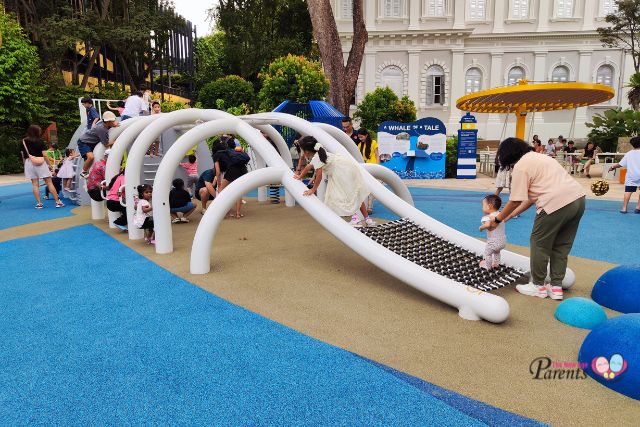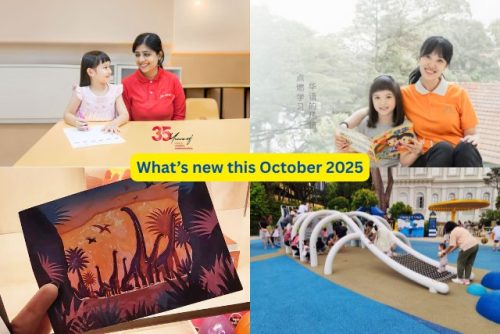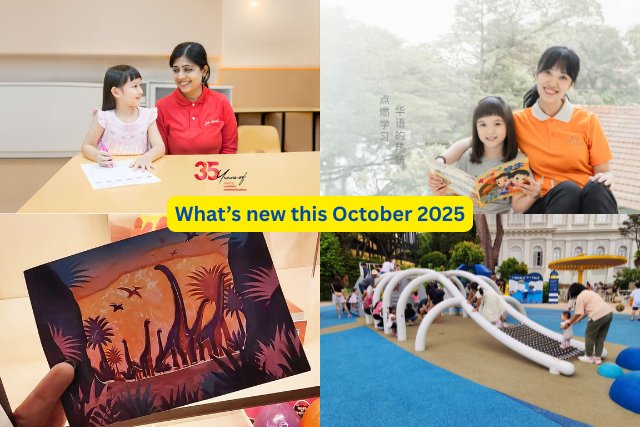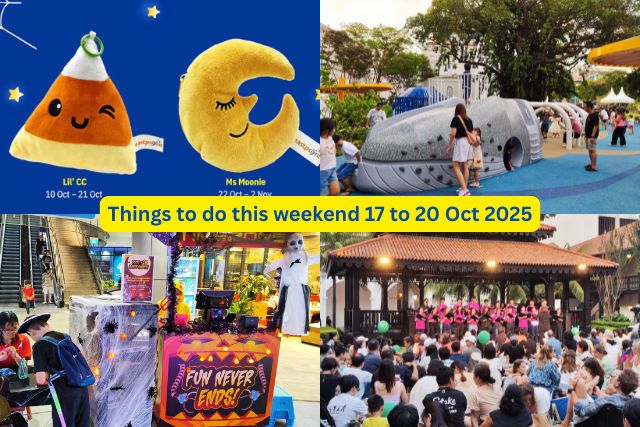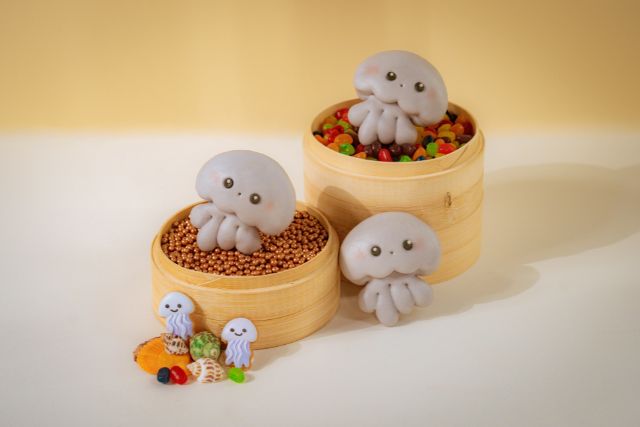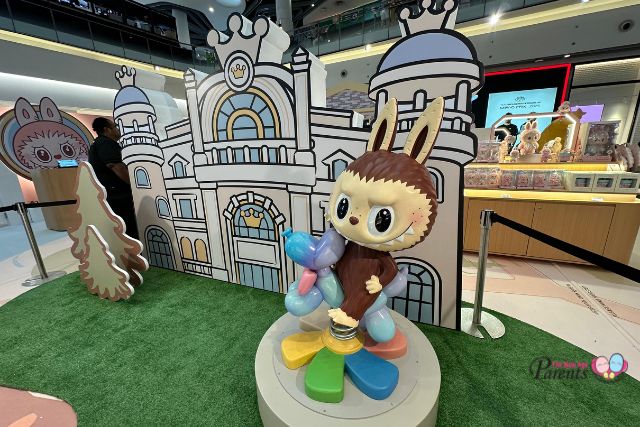Introducing Science to young children, we are creating opportunities for them to exercise some very important life skills: to evaluate, come up with logical deductions, spotting errors and mistakes, recognizing patterns and to have good judgement are some of them. These are a set of skills which is fundamental and beneficial for children to have in their future.
However, the way of introduction of science concepts to children must be carefully designed in order to make it fun and interesting for them such that they can be intrinsically motivated when it comes to learning. Research has shown that with both interest and hands-on experiences, it allows better retention of information in a child’s brain.
Have fun experimenting with your little Einstein’s!
Melting Chocolate
Targeted age group: 5 to 6 years old
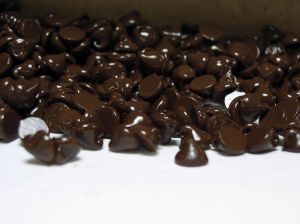
Every child who loves eating chocolates has probably came across a melting chocolate bar. It’s either being left on the table for a tad too long or it’s forgotten and resting in their school bag. When children take it out and wish to savour this delightfully rich food, they realise the chocolate had gone soft and might even resort to licking it off the wrapper.
An experience like such is a good way for you to get your child in thinking… “Why is this happening?” This experiment will require your child to put on his thinking cap and to ponder over the variables and plausible reasons which cause this to happen.
Materials:
- Chocolate pieces of the same size. Same amount of chocolate chips or chocolate squares will do the trick.
- Paper plates
- Notebook and pen to take down observations. Or you can even come up with a way of jotting down the information with your child, such as for example a graph or a scale from 1 to 5 to list the softness of the chocolate.
How the activity goes?
- Have a discussion with your child on the possible places they can think of to place the chocolate in order to find out under which conditions does the chocolate melts. It can be anywhere! Under the bed, in the fridge, inside a cupboard or outdoors. Try to come up with 5 different places with varying temperature.
- Have your child decide on the time limit of the experiment. Offering choices to them may be a good idea in this case as we need results at the end of the day in order for observations to take place. By providing two or three reasonable options to them, you know you’re in control of the experiment and your child gets to exercise decision making skills.
- Place same amount of chocolate pieces onto paper plates and place them at the various places which your child had decided earlier on. Remember to remind your child to take note of the time each plate of chocolate is placed and to keep track of it.
- After the designated time frame, ask your child to take down the observations of the various plates of chocolate according to the softness.
- Compare the results and discuss with your child on the possible reasons why do some chocolate melt faster than the others despite putting it at the location for the same amount of time.
Tip: Your child is working on his logic and reasoning skills when they are coming up with hypotheses of the melting chocolate. If they are able to grasp the concept that heat affects the rate of melting, perhaps you can try introducing another activity which builds on their experiences and knowledge. Such as having an experiment to determine what factors help the process of cooling down.
By Leow Kaiwen
If you find this article useful, do click Like and Share at the bottom of the post, thank you.
Like what you see here? Get parenting tips and stories straight to your inbox! Join our mailing list here.










